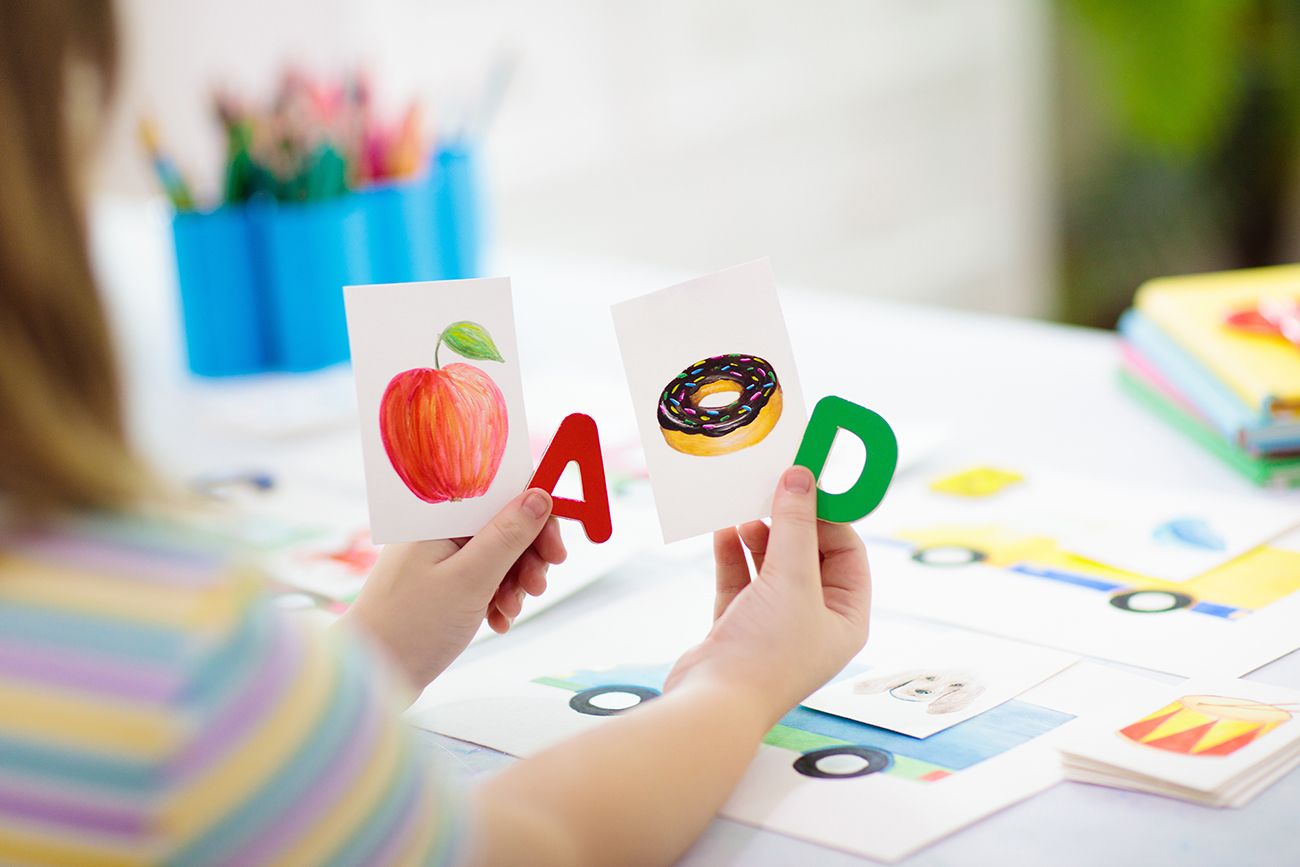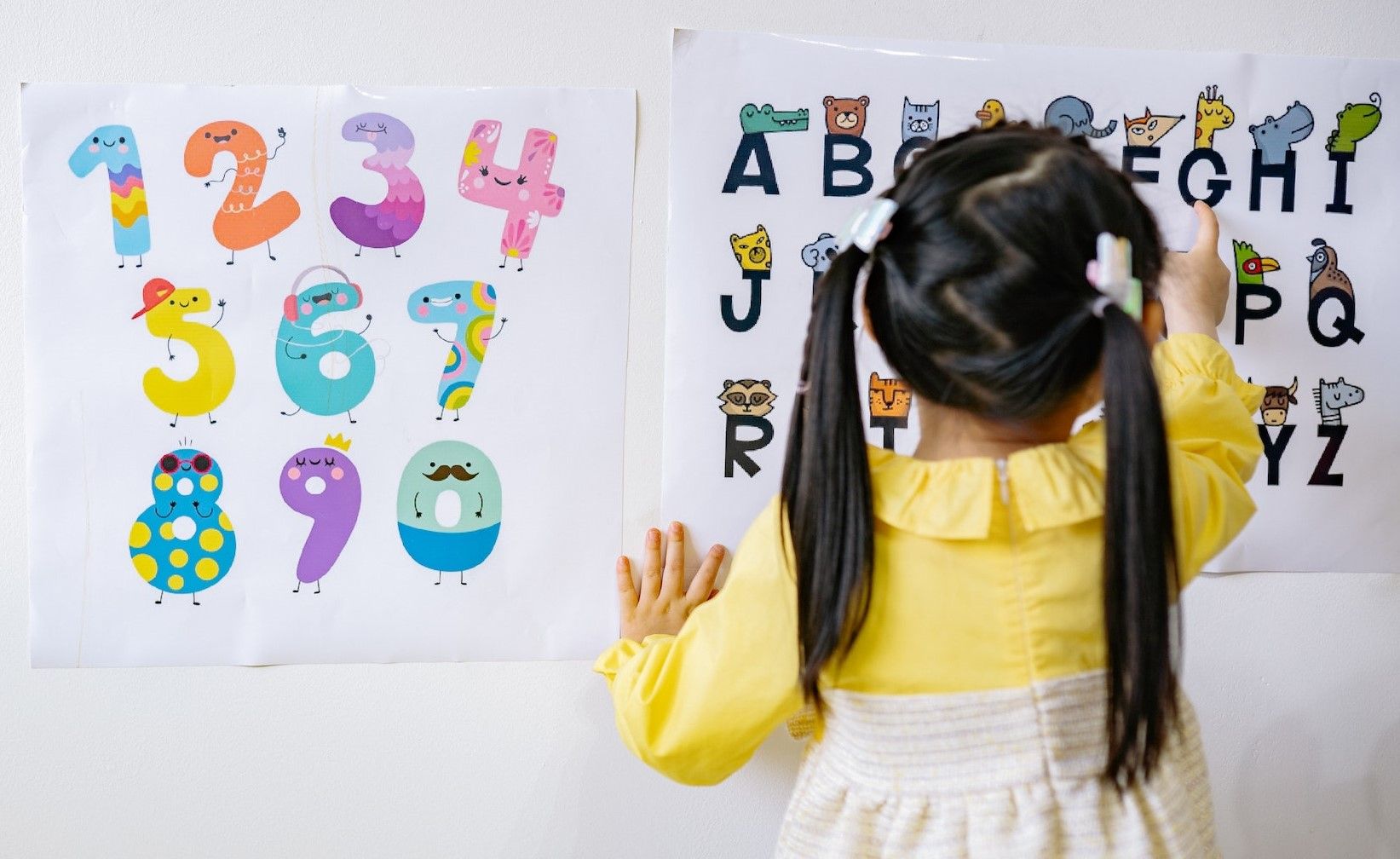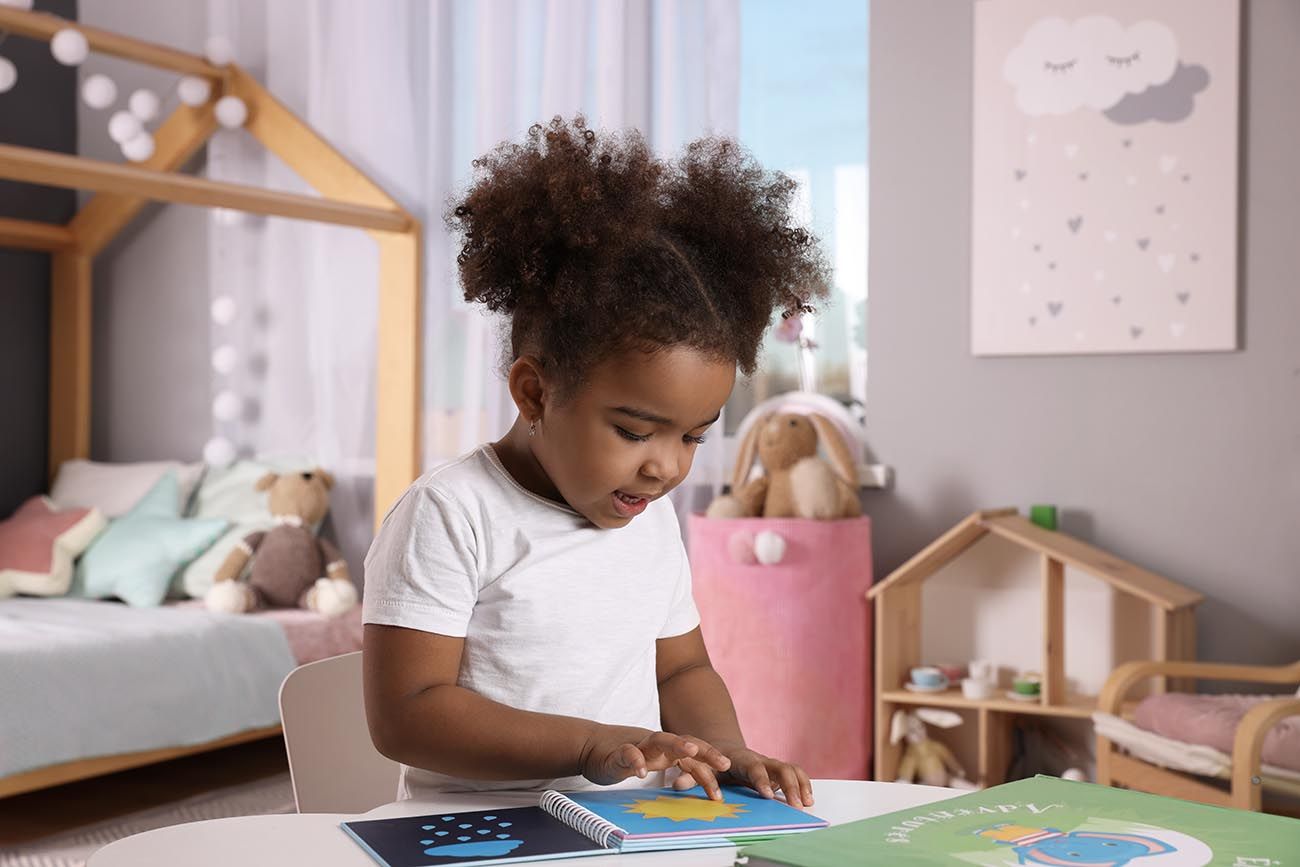The Best Phonics Toys for Preschoolers
7 min read
Last Modified 19 May 2025 First Added 31 August 2023

Your child is growing up (fast) and now is the time to teach them how to speak, recognise letters and numbers, and eventually read.
Phonics is the key ingredient for this learning journey.
Phonics is the process of teaching children to correlate an individual sound with its corresponding letter or letter group. A bit like building blocks for literacy if you like. It is also seen as a reading instruction approach that teaches the relationship between sounds (phenomes) and their associated written letter combinations (graphemes).
Teaching your child phonics will be one of the first steps in their speech journey.
There are many tools, books and games to help your children learn phonics and develop their language skills. In this article, we will guide you through the best phonics toys to help your children learn their ABCs.

Learning phonics will pave the path to speaking, reading, and writing skills. This will also develop their vocabulary and get them to know a wider range of words and phrases. Here are our top 5 toy picks for phonics, we hope you will find it useful:
An abacus will help your little one become familiar with the letters of the alphabet. For example, the Woodlets Alphabet Abacus can aid your child in learning the whole alphabet and 10 numbers using the images on one side. This is a great toy for developing your child’s learning skills while stimulating their imagination with all the colourful blocks. We recommend this toy for ages 3 and above.
Once your little one is more comfortable with the letters of the alphabet, they will be able to try and create words on their own (or with our help at first). This wonderful toy will help them spell words and stick them on the magnetic board. The board can also be written on, maybe you can draw a picture of a cat and watch as your child begins to spell it out. The Early Learning Centre Magnetic Playcentre (available in red and pink) is a great toy for your child to develop their language and communication skills while making learning fun.
Nothing beats learning and playing simultaneously. There are a multitude of games around to learn while having fun, try out card games such as the Early Learning Centre Alphabet Pairs. You can hold up the letter and let your little one guess what it is, or say a word and have your child point to the letter it begins with. This game is great for encouraging your child to read while developing letter recognition.

Another great way to learn is through interactive games. There is a wide range of interactive learning toys to help your child learn their ABCs in a different and fun way, for example, the VTech Touch & Teach Tablet is great stimulating toys that can develop fine motor skills and problem solving alongside an introduction to numbers, letters, colours and spelling.
You may find your little one finding letter recognition a lot easier, now it is time to start making words! There are several games to aid in them learning full words and making sentences such as letters & alphabet games and STEM learning toys.

There are a lot of learning toys available to enhance your children’s learning skills and toys to learn reading skills, do not hesitate to look around. You can choose phonics toys based on your child’s age as well as their interests or skill level.
You may wonder when the right time is to start introducing phonics to your children. Well, there is no definite timeframe for this. This will depend on each individual child and whether you think your little one is ready to embark on this learning journey. However, most children are ready to start learning phonics in preschool from around the ages of 3 to 5 years old.
It all depends on each child’s learning skills, and it is important not to force them or start too soon, they will get there, in their own time.
There are a few different learning approaches when it comes to phonics: Synthetic Phonics, Analytic Phonics, Linguistic Phonics and Embedded Phonics. Let’s break them down:

Teaching phonics to your little one does not have to break the bank, as you can also make your own DIY phonics toys to support your child’s learning. This will also allow you to bond through arts and crafts with your child. These toys can be made from common household items meaning anyone can make them with what they find around the house.

Learning phonics can be as easy as ABC and if you can make it fun for your child while they are learning, it will make it even better! Do not forget that children learn in their own time, but learning in a fun way will always be easier for them (and for you!). There are so many toys and tools available to support your little one’s learning journey, it has to be something to suit every individual child’s learning skills.
And if you do not find anything that suits you or your child’s needs, you can make your own phonics toys to make learning unique!
Read our disclaimers here.